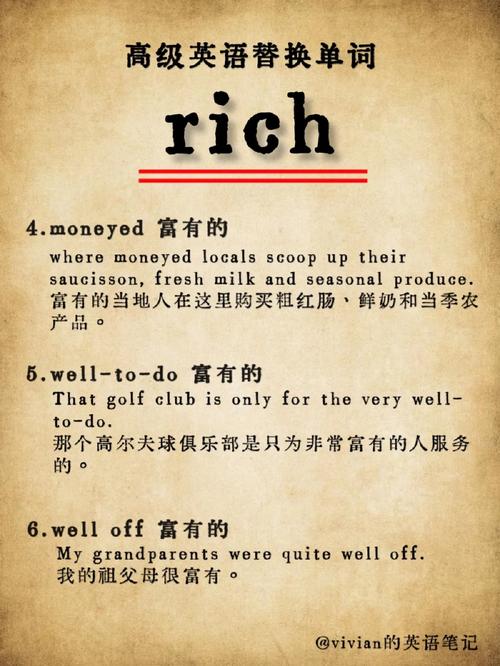
Understanding the Concept of Cash Flow
Have you ever wondered why some people seem to have an endless supply of money while others struggle to make ends meet? The answer lies in the understanding and management of cash flow. “Rich Dad Poor Dad” and “Cashflow 101” are two books that delve deep into this concept, offering valuable insights for anyone looking to improve their financial situation.
Rich Dad Poor Dad: The Book
“Rich Dad Poor Dad” by Robert T. Kiyosaki is a personal finance book that has become a bestseller worldwide. The book is based on the author’s real-life experiences with two fathers: his biological father, who he calls “Poor Dad,” and his best friend’s father, whom he calls “Rich Dad.” Through these contrasting examples, Kiyosaki highlights the differences in mindset and financial strategies between the rich and the poor.
One of the key takeaways from the book is the importance of financial education. Kiyosaki emphasizes that traditional education does not teach us how to manage money effectively. He argues that the rich learn to make money work for them, while the poor work for money. The book provides practical advice on how to build wealth through real estate, stocks, and other investment opportunities.
Cashflow 101: The Game
Cashflow 101 is a board game created by Robert Kiyosaki and Sharon L. Lechter. The game is designed to teach players about the principles of cash flow and how to create wealth. It simulates real-life financial scenarios, allowing players to make decisions that affect their financial well-being.
The game consists of a board with different properties, investments, and expenses. Players start with a set amount of cash and must make decisions on how to invest, borrow, and spend their money. The goal is to generate a positive cash flow and avoid financial pitfalls. Cashflow 101 is a fun and interactive way to learn about personal finance and the importance of managing cash flow.
Key Principles of Cash Flow
Now that we have a basic understanding of “Rich Dad Poor Dad” and “Cashflow 101,” let’s explore some of the key principles of cash flow:

| Principle | Description |
|---|---|
| Income | Focus on generating multiple streams of income, rather than relying on a single source of income. |
| Expenses | Track and manage your expenses to ensure you are not overspending. |
| Investments | Invest in assets that generate income and grow in value over time. |
| Debt | Avoid high-interest debt and focus on paying off debt as quickly as possible. |
| Financial Education | Continuously learn about personal finance and investment opportunities. |
Applying Cash Flow Principles in Real Life
Now that we have a grasp of the key principles of cash flow, let’s discuss how to apply them in real life:
1. Create Multiple Streams of Income: Look for opportunities to generate income outside of your primary job. This could include starting a side business, investing in rental properties, or participating in online marketplaces.
2. Track Your Expenses: Use budgeting tools or apps to keep track of your expenses. This will help you identify areas where you can cut back and save money.
3. Invest Wisely: Invest in assets that have the potential to generate income and grow in value. This could include stocks, bonds, real estate, or starting your own business.
4. Avoid High-Interest Debt: High-interest debt can be a significant drain on your finances. Focus on paying off high-interest debt as quickly as possible to free up cash flow.
5. Continuously Learn: Stay informed about personal finance and investment opportunities. The more you know, the better decisions you can make.
Conclusion
“Rich Dad Poor Dad” and “Cashflow 101” offer valuable insights into the world of personal finance and the importance of managing cash flow. By understanding and applying the principles outlined in these books, you can take control of your financial future and create wealth for yourself and your family.



